Differences between Old and New style American 5200 Padlocks
Difference between old and new American 5200
Seen a number of people asking again about the difference between the old and new American 5200 padlock. There are a few differences. Received two with cut shackles recently from Wolfspring (highly recommend him for trades). One happened to be old style and one was new style, and decided while replacing the shackles and making keys, would show the internal differences.
Here are the two locks side-by-side. On the left is the old-school lock, and on the right, the new kid on the block.
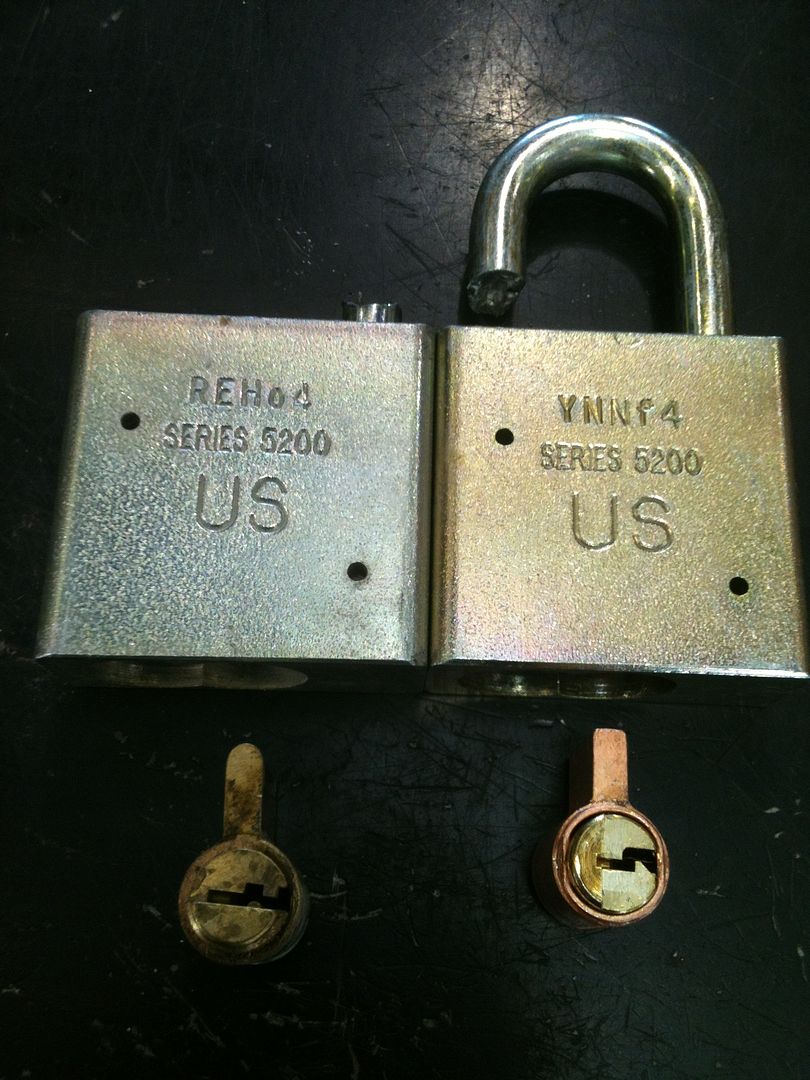
In this picture, you can see inside the lock bodies. Both locks are in the 'locked' position. The cams are oriented 90 degrees from each other! Old school lock's cam is aligned vertically, new style is aligned horizontally.
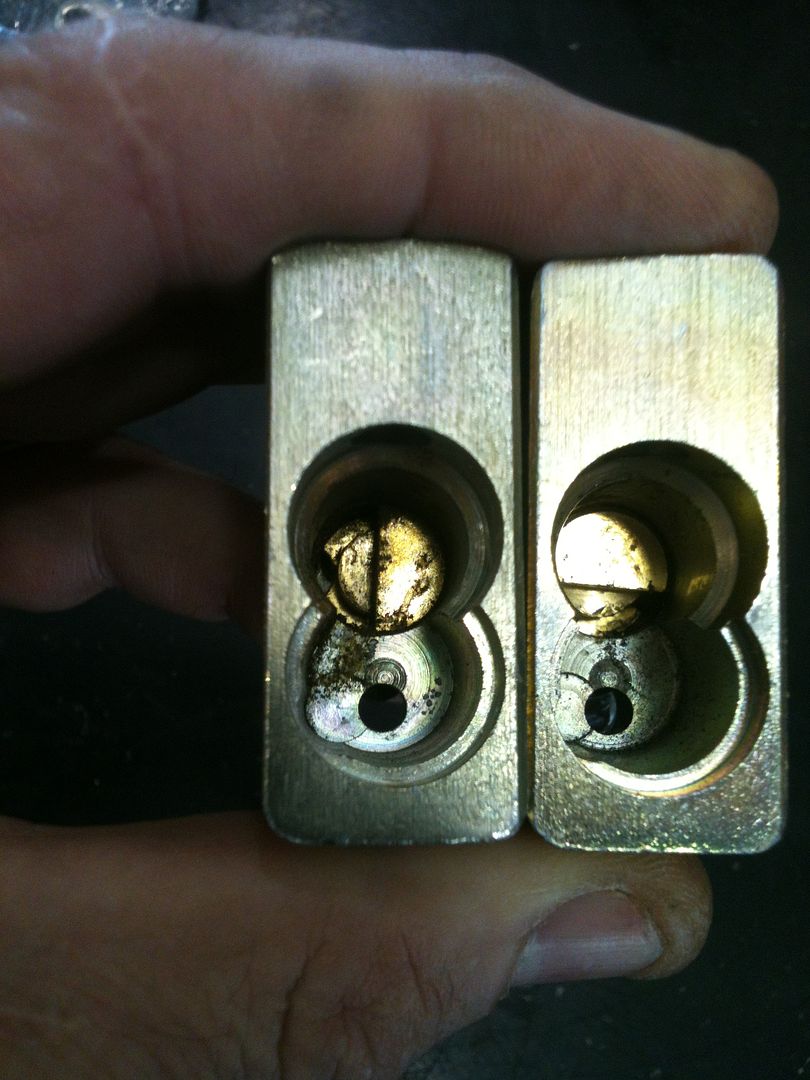
The keyways are different as well.
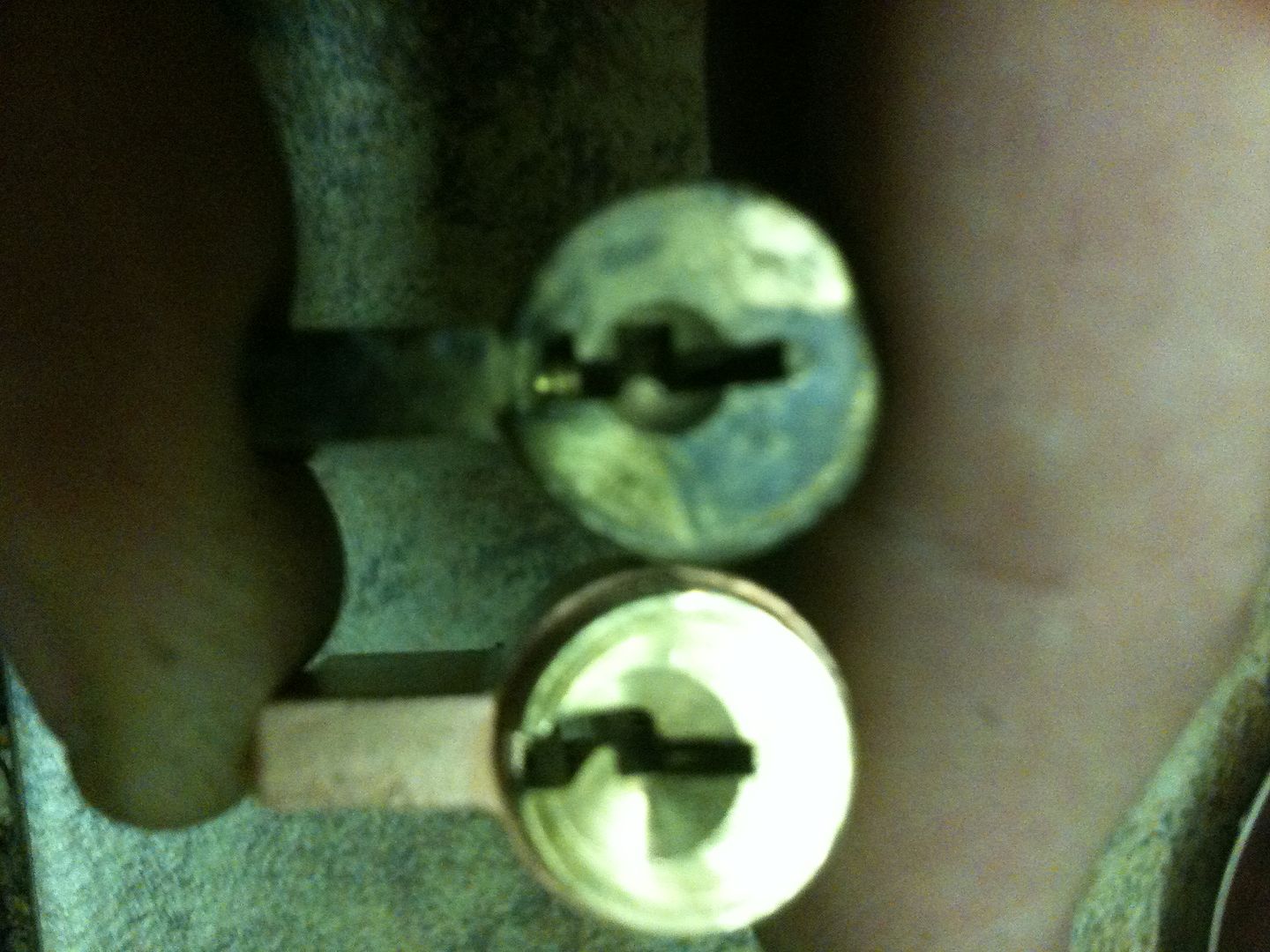
The old style uses an AM3 blank, while the new one uses an M17 blank. The top blank is the new style, the bottom is the old style. If you are trying to buy one on eBay, look at pictures of the keys... The shape of the key bow (where you hold the key) is different!
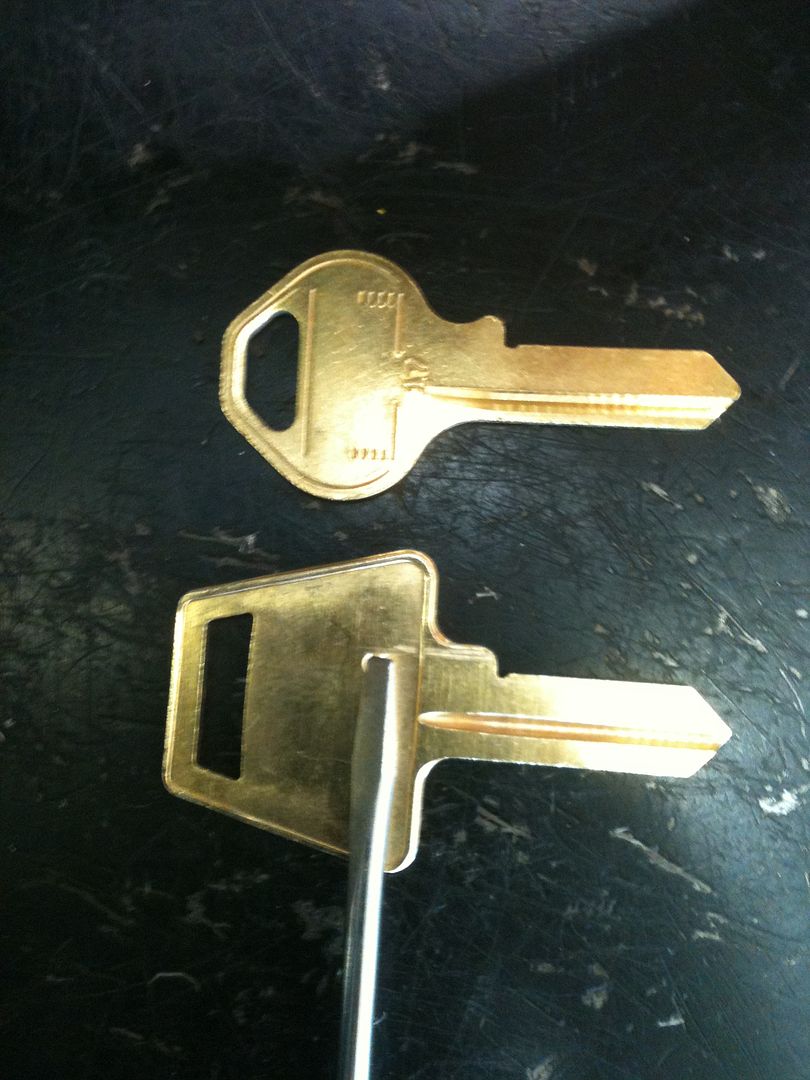
The back side of the lock cylinders, so you can see the orientation difference. These locks are picked and in the 'unlocked' position - opposite of the above pictures.
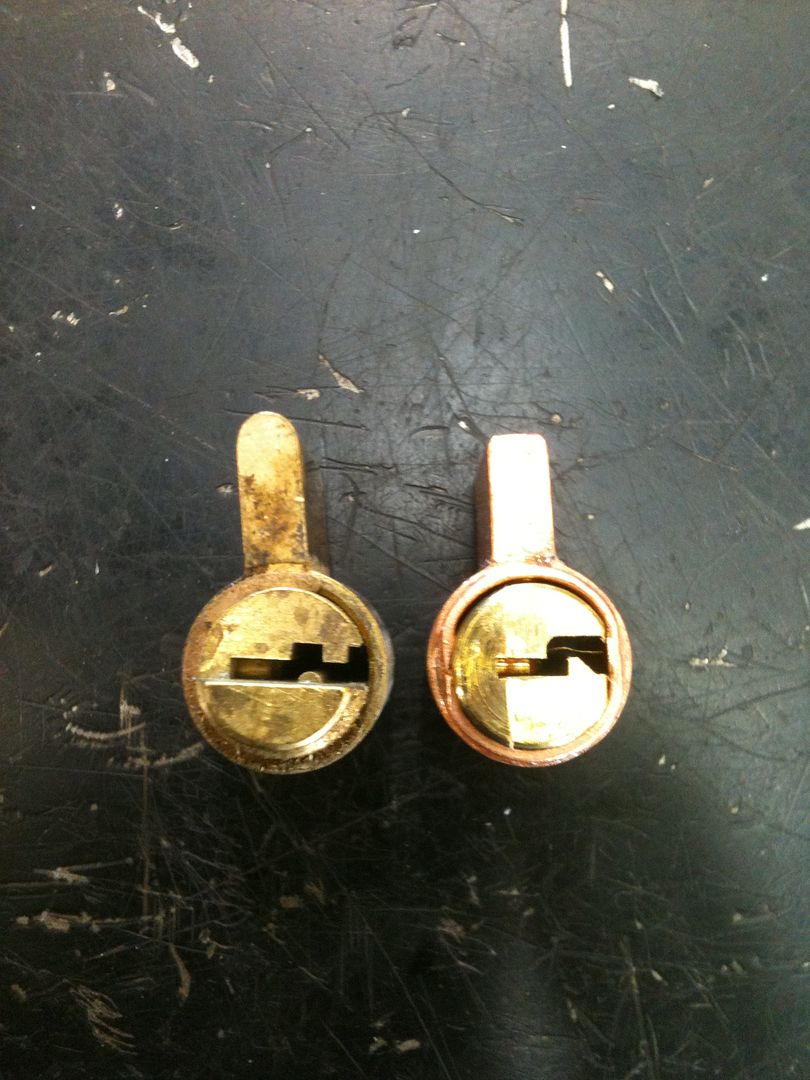
Old style lock is disassembled with a c-clip on the back, and the shell is brass.

New style lock shell is a cheap, soft, brittle metal, and the plug is retained with two crimps.

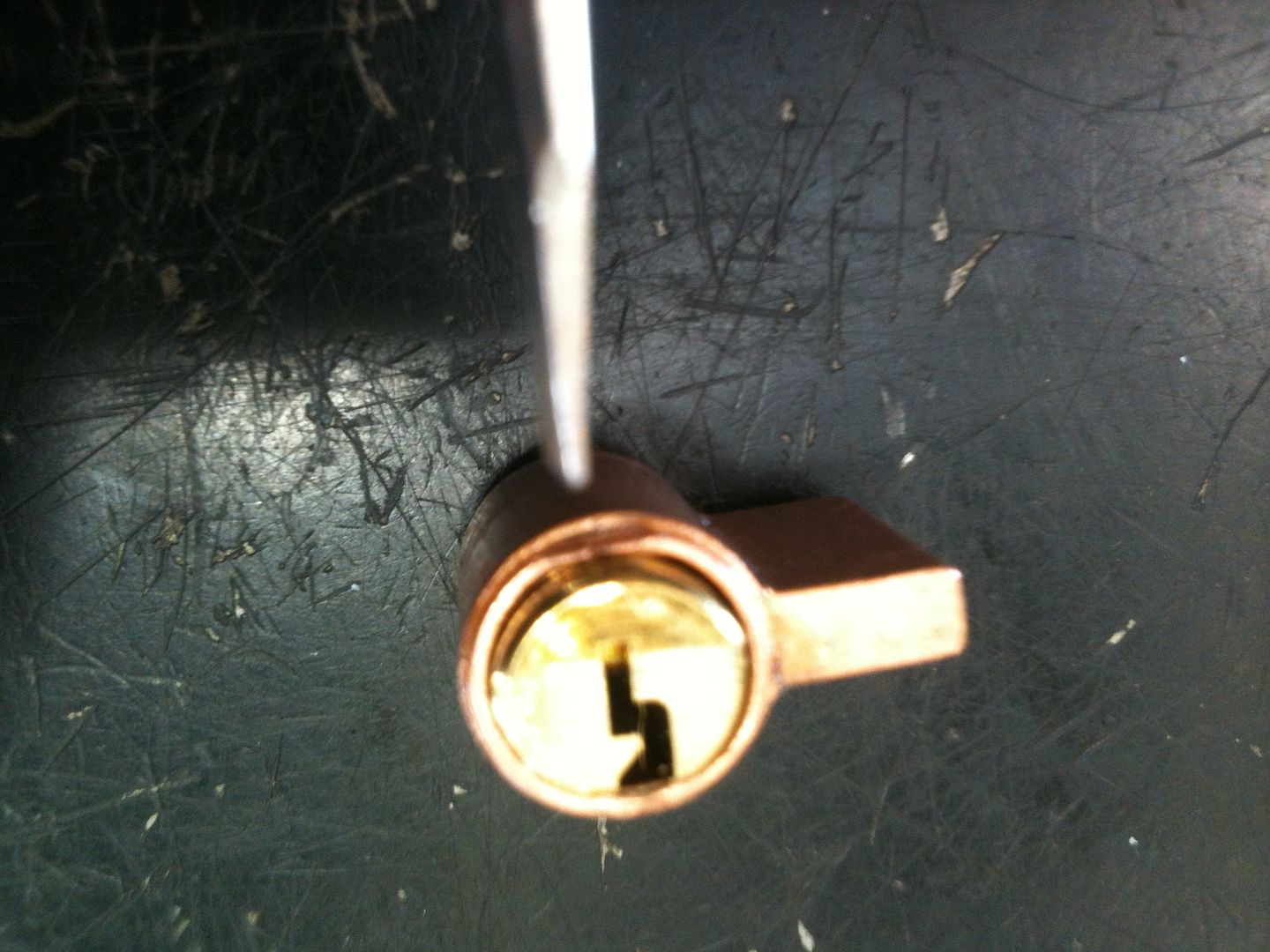
To open the crimps, use a small flat screwdriver and slide it into the keyway...

And using the keyway for leverage, pry the crimp outwards. Recommend you do this in three stages so it looks nice and does not tear the metal.
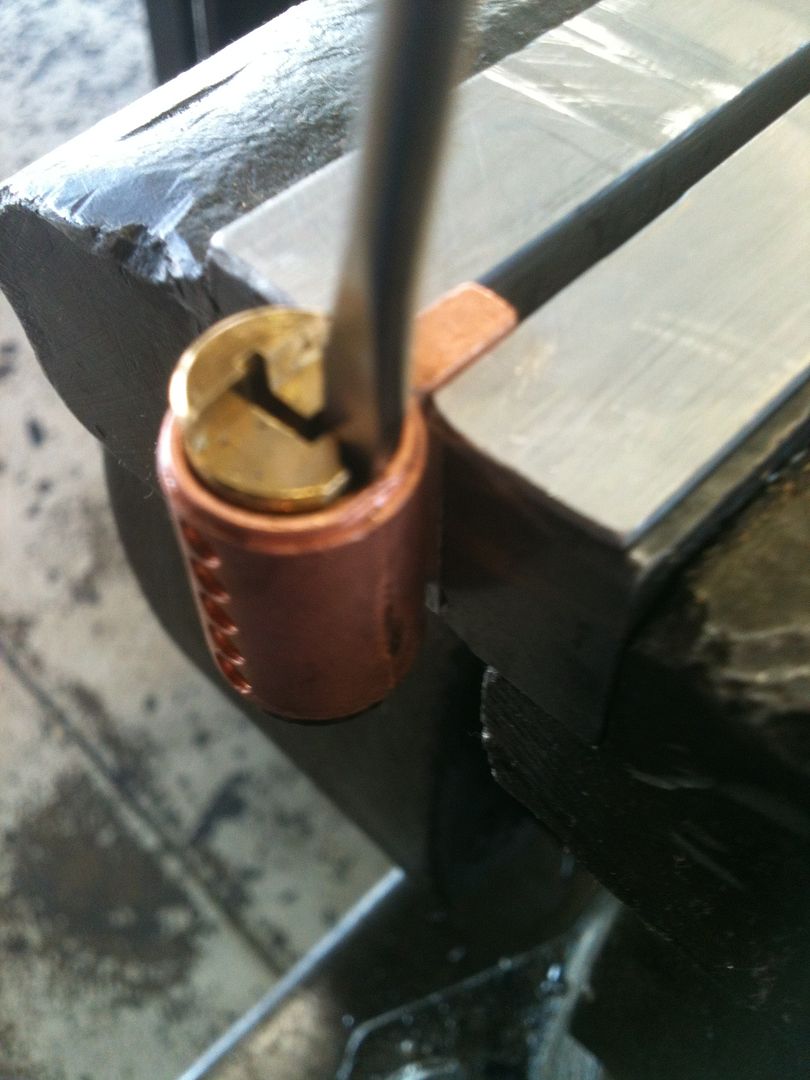
Turn the plug so the keyway faces the other side...
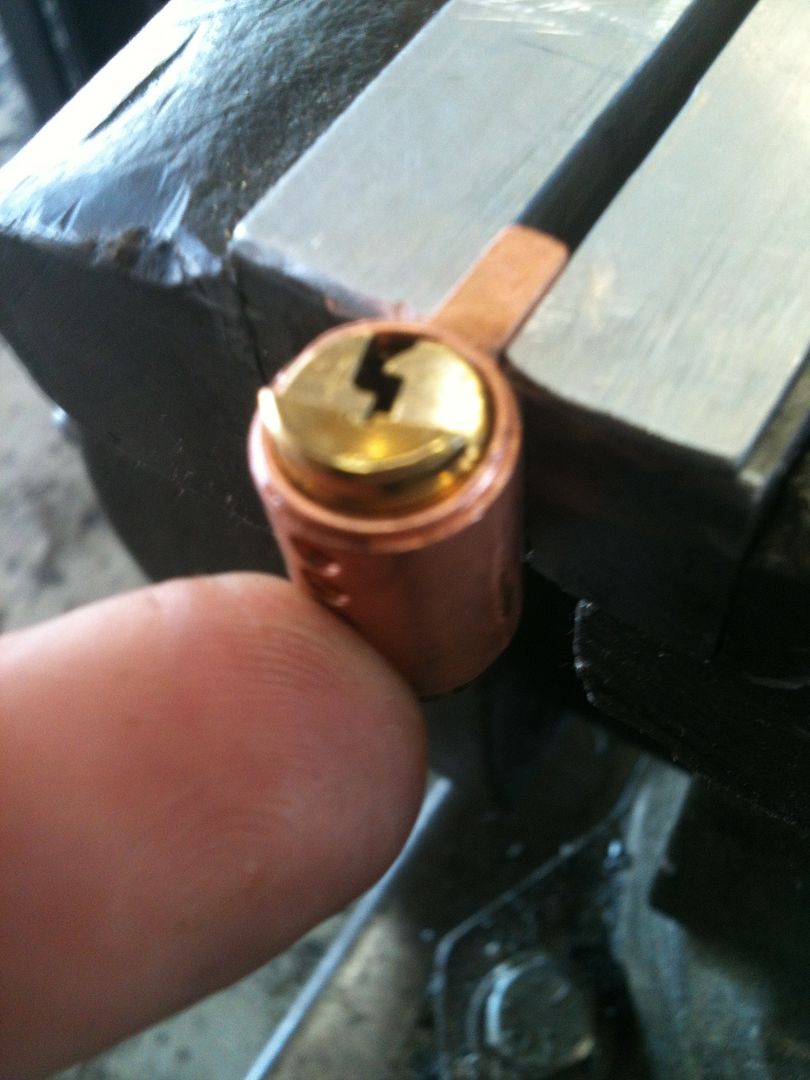
And repeat to open the other crimp.
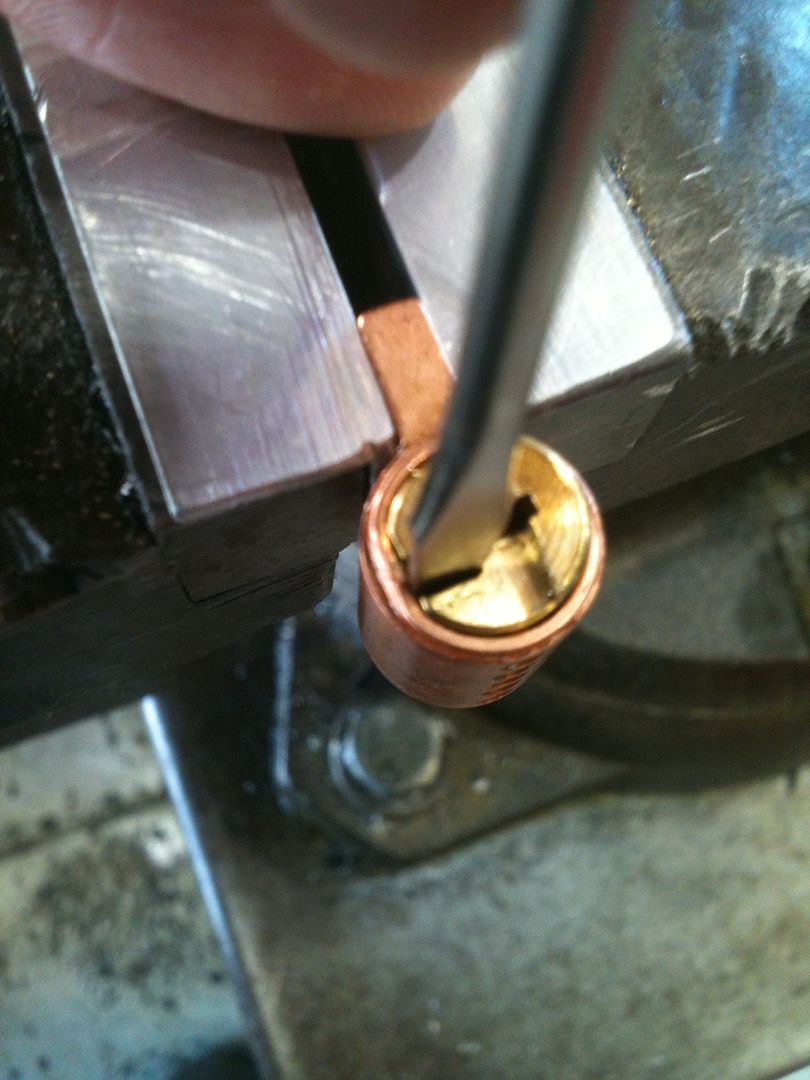
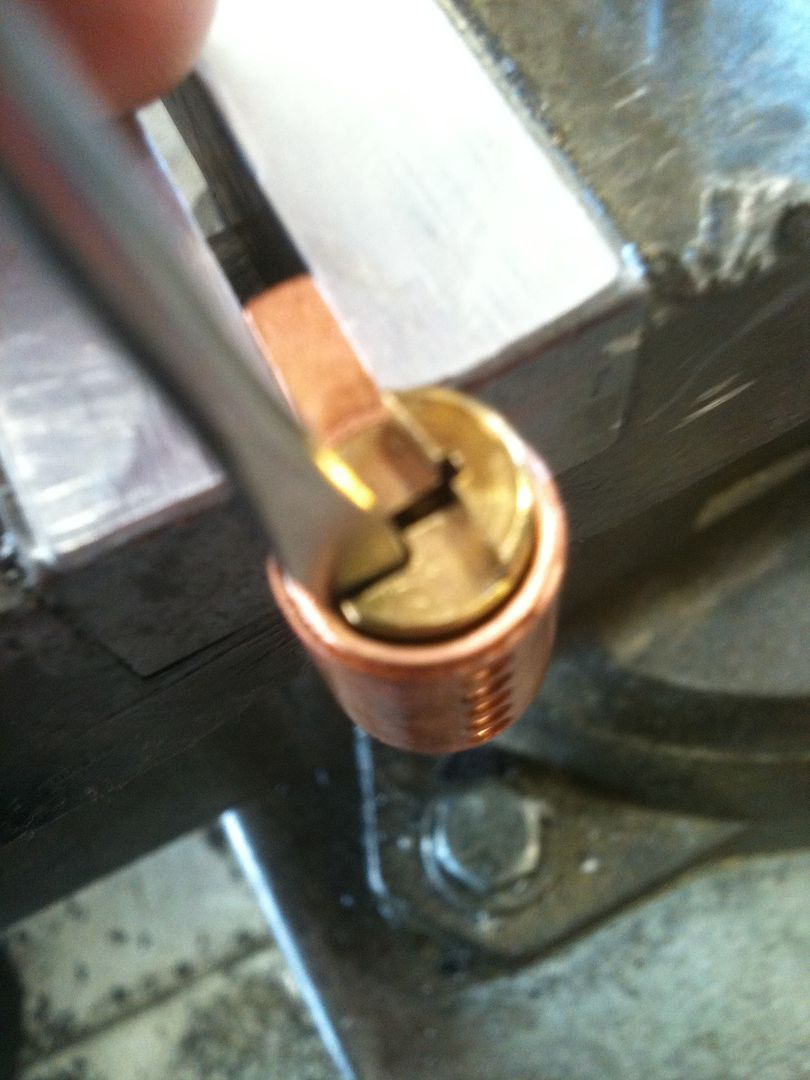
Now the plug can be pressed out. You can use a plug follower, but I want to pull the drivers and pins for pictures.
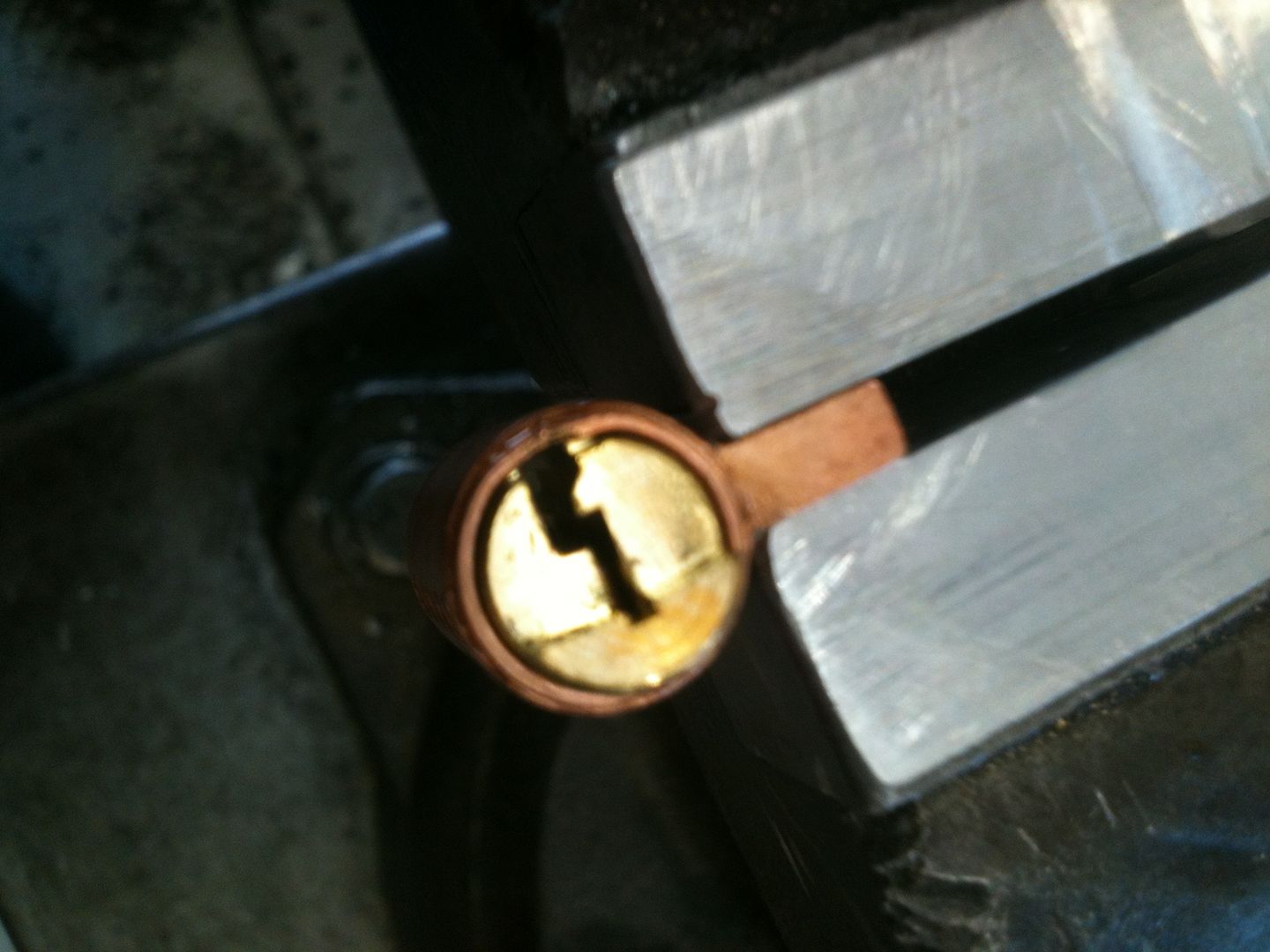
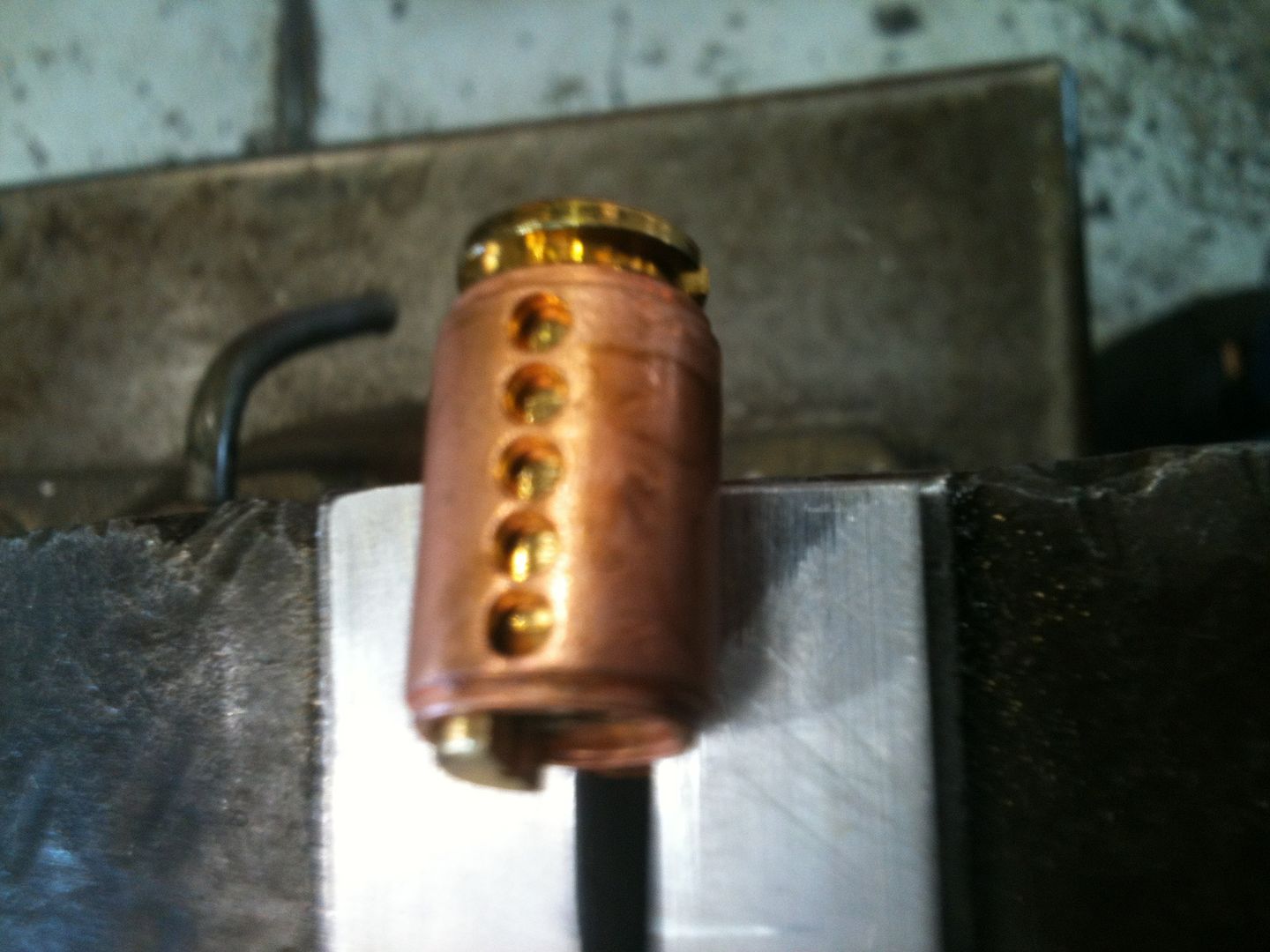
And the pins - where the picking magic happens.
Old hotness. Serrated driver pin, spoorated spool driver pins. Heck, even the key pins are serrated.
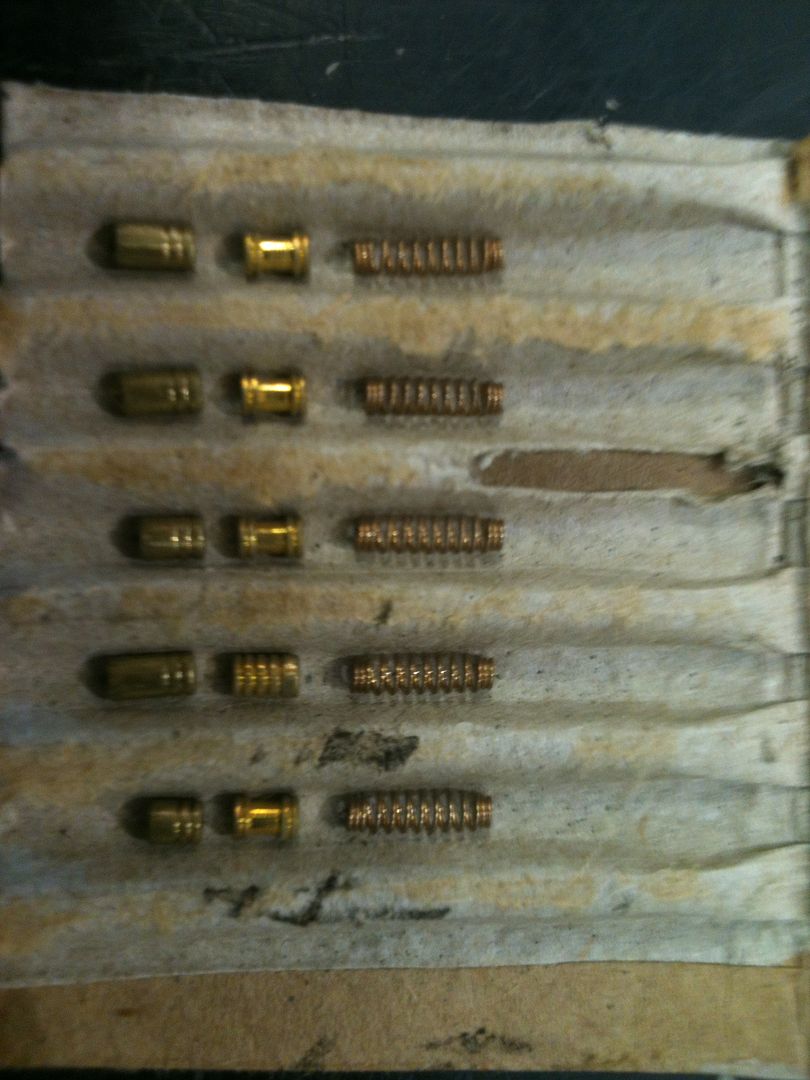
New and busted. One lame BumpStop driver pin. All other pins are b.o.r.i.n.g.

The bump stop pin is larger in diameter than the other pins, so the holes for the pin channels in the bible are larger in diameter. The pin channels in the plug are normal diameter, so the BumpStop pin will not fit fully into the plug - only the tapered and angled end will go in.
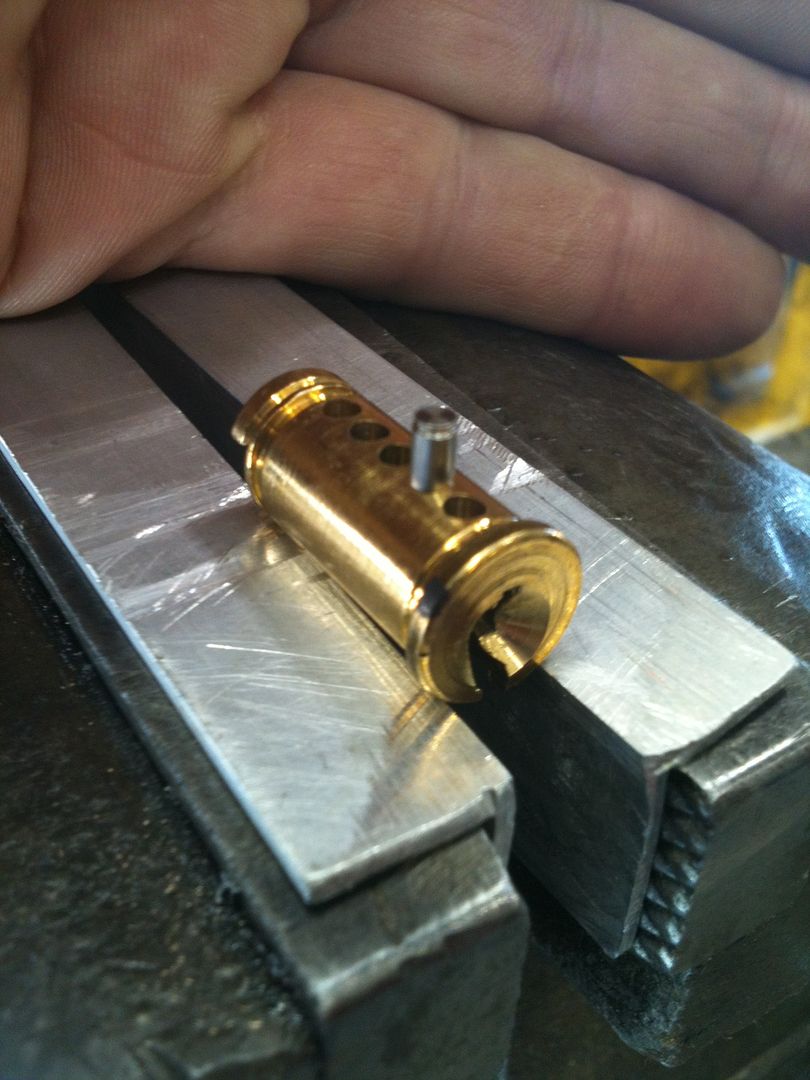
The BumpStop pin will fit into any pin chamber in the bible, but it is recommended not to put it into the first pin chamber, as it makes it obvious where it is located. Also, a 1 or 2 key pin is recommended for use on the chamber with the BumpStop driver pin, as that will allow the gap between the key pin and driver pin that is needed for the bump protection to work.
There you have the differences of which I am aware. Old ones, just by looking at the pins, are more of a challenge to pick.
Gordon
Seen a number of people asking again about the difference between the old and new American 5200 padlock. There are a few differences. Received two with cut shackles recently from Wolfspring (highly recommend him for trades). One happened to be old style and one was new style, and decided while replacing the shackles and making keys, would show the internal differences.
Here are the two locks side-by-side. On the left is the old-school lock, and on the right, the new kid on the block.

In this picture, you can see inside the lock bodies. Both locks are in the 'locked' position. The cams are oriented 90 degrees from each other! Old school lock's cam is aligned vertically, new style is aligned horizontally.

The keyways are different as well.

The old style uses an AM3 blank, while the new one uses an M17 blank. The top blank is the new style, the bottom is the old style. If you are trying to buy one on eBay, look at pictures of the keys... The shape of the key bow (where you hold the key) is different!

The back side of the lock cylinders, so you can see the orientation difference. These locks are picked and in the 'unlocked' position - opposite of the above pictures.

Old style lock is disassembled with a c-clip on the back, and the shell is brass.

New style lock shell is a cheap, soft, brittle metal, and the plug is retained with two crimps.


To open the crimps, use a small flat screwdriver and slide it into the keyway...

And using the keyway for leverage, pry the crimp outwards. Recommend you do this in three stages so it looks nice and does not tear the metal.

Turn the plug so the keyway faces the other side...

And repeat to open the other crimp.


Now the plug can be pressed out. You can use a plug follower, but I want to pull the drivers and pins for pictures.


And the pins - where the picking magic happens.
Old hotness. Serrated driver pin, spoorated spool driver pins. Heck, even the key pins are serrated.

New and busted. One lame BumpStop driver pin. All other pins are b.o.r.i.n.g.

The bump stop pin is larger in diameter than the other pins, so the holes for the pin channels in the bible are larger in diameter. The pin channels in the plug are normal diameter, so the BumpStop pin will not fit fully into the plug - only the tapered and angled end will go in.

The BumpStop pin will fit into any pin chamber in the bible, but it is recommended not to put it into the first pin chamber, as it makes it obvious where it is located. Also, a 1 or 2 key pin is recommended for use on the chamber with the BumpStop driver pin, as that will allow the gap between the key pin and driver pin that is needed for the bump protection to work.
There you have the differences of which I am aware. Old ones, just by looking at the pins, are more of a challenge to pick.
Gordon
